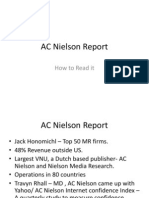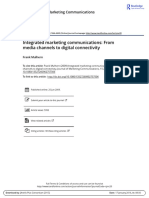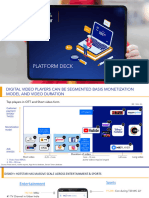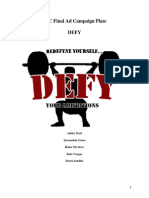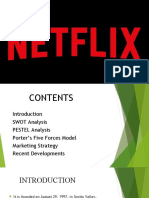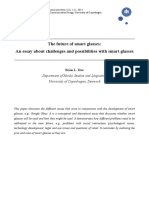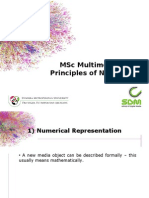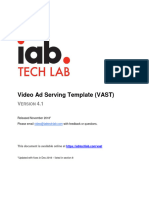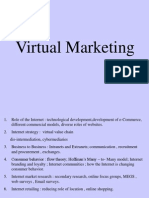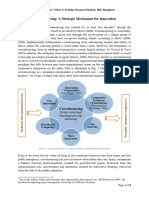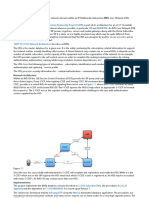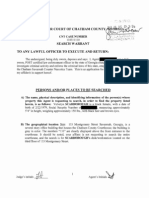0% found this document useful (0 votes)
214 views7 pagesMadTech: Bridging MarTech and AdTech
MadTech refers to the convergence of marketing technology (MarTech) and advertising technology (AdTech). It aims to bridge the gaps between these fields by combining customer data from various sources and using it for targeted digital advertising and marketing. MadTech benefits marketers by providing better customer insights, streamlining media buying and measurement, eliminating data silos, and allowing more effective campaigns through people-based marketing across channels. It is driven by the changes in consumer behavior, need for improved data and personalization, and challenges of operating across borders in marketing and advertising.
Uploaded by
Digitalkites OfficialCopyright
© © All Rights Reserved
We take content rights seriously. If you suspect this is your content, claim it here.
Available Formats
Download as PDF, TXT or read online on Scribd
0% found this document useful (0 votes)
214 views7 pagesMadTech: Bridging MarTech and AdTech
MadTech refers to the convergence of marketing technology (MarTech) and advertising technology (AdTech). It aims to bridge the gaps between these fields by combining customer data from various sources and using it for targeted digital advertising and marketing. MadTech benefits marketers by providing better customer insights, streamlining media buying and measurement, eliminating data silos, and allowing more effective campaigns through people-based marketing across channels. It is driven by the changes in consumer behavior, need for improved data and personalization, and challenges of operating across borders in marketing and advertising.
Uploaded by
Digitalkites OfficialCopyright
© © All Rights Reserved
We take content rights seriously. If you suspect this is your content, claim it here.
Available Formats
Download as PDF, TXT or read online on Scribd
/ 7



